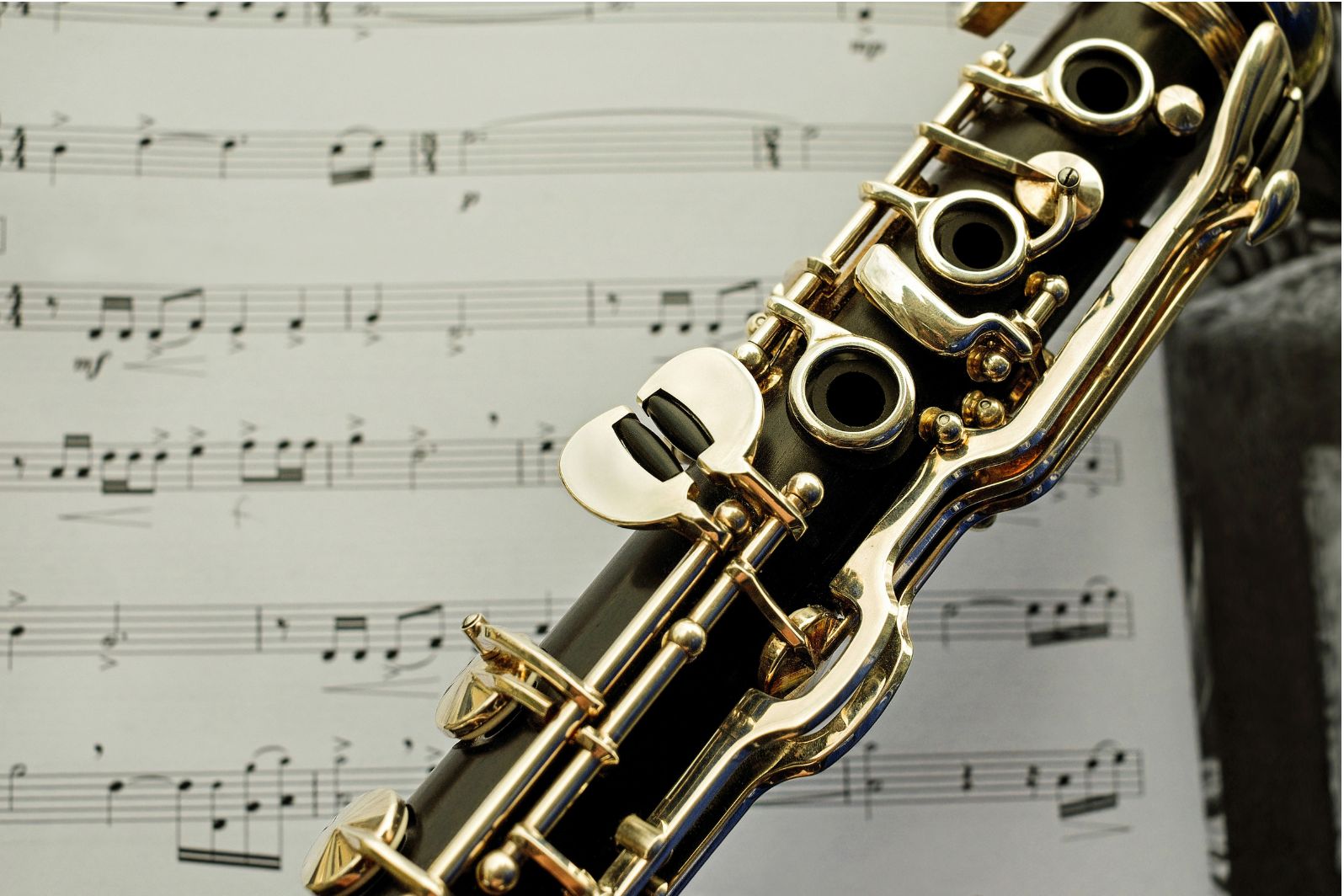Woodwind instruments hold a special place in music due to their distinct sound and extensive range. From beginners to professionals, musicians often indulge in the beauty of these instruments. However, playing them requires skill, practice, and understanding.
This comprehensive guide explores various woodwind instruments from the easiest to the hardest woodwind instrument to play.
Table of Contents
The Recorder: The Beginner’s Friend
The recorder is often the first woodwind instrument taught to children. Its simple design and ease of play make it ideal for beginners. With just a few finger holes and a straightforward mouthpiece, players can quickly learn basic notes and simple melodies.
Despite its simplicity, the recorder can be used to play various musical styles. From classical to folk music, this versatile instrument adapts well. As students progress, they can explore more complex pieces and techniques, helping build a strong foundation for future musical pursuits.
Learning the recorder helps develop essential skills, such as breath control and finger dexterity. These skills are crucial for playing other woodwind instruments.
The Flute: A Breath of Fresh Air
The flute is a popular woodwind instrument that requires precision and skill. It is unique because it produces sound from airflow across an opening. To play it well, the flute requires precise breath control. This makes it a bit more challenging than the recorder.
The flute’s design is sleek and often made of metal. Its keys cover the holes, allowing players to produce a range of notes. Mastery of hand coordination is essential for fluency in playing the flute.
Playing the flute also helps improve lung capacity and airflow. This practice is good for overall respiratory health. Additionally, the flute is versatile and used in many types of music, from classical to jazz.
The Clarinet: Versatile and Accessible
The clarinet is a favorite for many musicians due to its rich tone and wide range. It is a great choice for beginners and advanced players alike. One reason for its popularity is the straightforward fingerings needed to play it.
With proper practice, the clarinet can produce beautiful melodies and powerful notes. It is used in many music genres, from classical to jazz. The clarinet’s design includes a single reed and a cylindrical body, which help create its unique sound.
Playing the clarinet can improve finger dexterity and coordination. It also helps develop strong breath control, which is vital for woodwind players. Overall, the clarinet is a rewarding and accessible instrument for all levels.
The Alto Saxophone: A Jazzy Introduction
The alto saxophone is well-known for its deep, rich sound. It is a staple in jazz and many other genres. With a bit of practice, beginners can start playing simple tunes.
The saxophone has a single reed, which vibrates to produce sound. Its body has many keys, allowing a wide range of notes. Players need to learn proper breath control to make smooth music.
Learning the alto saxophone builds finger dexterity and lung capacity. It also helps in understanding musical harmony. This instrument is perfect for anyone looking to dive into jazz music.
The Bassoon: Large and Complex
The bassoon is the largest woodwind instrument in an orchestra. Its deep, mellow sound adds richness to any musical piece. This complex instrument has a double reed and requires precise breath control and finger coordination.
Learning the bassoon can be challenging, but it also offers great rewards. With its wide range of notes, it is often used as a solo instrument or for playing melodies in orchestras. Playing the bassoon also helps develop lung capacity and fine motor skills.
Bari Saxophone: Deep and Melodic
The baritone saxophone, or bari sax, is known for its rich, deep sound. It is the largest saxophone commonly used in jazz and concert bands. The baritone sax requires strong breath support to play well.
Playing the baritone sax helps improve lung capacity and breath control. It has large keys, making it a bit tricky for beginners. Still, with practice, it can produce both powerful and soft tones.
The bari sax is used in many music styles, from jazz to classical. Its deep notes add a unique layer to musical pieces. Despite its size, many musicians love the bari sax for its distinctive sound.
The English Horn: A Unique Voice
The English horn, also known as the cor anglais, is a woodwind instrument with a rich and mellow tone. It has a curved shape and a larger bell than the oboe, giving it a unique sound. Musicians often describe its voice as haunting and lyrical.
Playing the English horn requires strong breath control and precise finger movements. This instrument is used in symphony orchestras and chamber music. Its distinct sound often highlights emotional moments in music.
Learning the English horn can be a challenge due to its double reed. Practice is required to achieve a clear and steady tone. Nonetheless, mastering the English horn can be very rewarding for dedicated musicians.
The Oboe: Double Reed Challenges
The oboe is a unique woodwind instrument with a distinct, haunting sound. It has a double reed, making it harder to play than other woodwinds. The skills required include precise breath control and finger agility.
Playing the oboe demands dedication and practice due to its complex reed and intricate fingerings. It can take time to produce a clear, steady tone. Building these skills required for the oboe also enhances overall musical ability.
This instrument is commonly found in orchestras and chamber music groups. Its penetrating sound adds emotional depth to music pieces. Mastering the oboe can be challenging, but it’s very rewarding for committed musicians.
The Final Note: Mastering Easiest to Hardest Woodwind Instrument to Play
Learning any woodwind instrument takes time, patience, and dedication. Each one has its unique qualities and challenges. However, with consistent practice and a love for music, musicians can master the easiest to the hardest woodwind instrument to play.
From the simple recorder to the complex oboe, each instrument brings something special to the world of music. So whether you’re just starting your musical journey or looking to add a new instrument to your repertoire, don’t be afraid to explore and challenge yourself with these beautiful woodwinds.
If you find this article helpful, you may visit our blog for more content.



